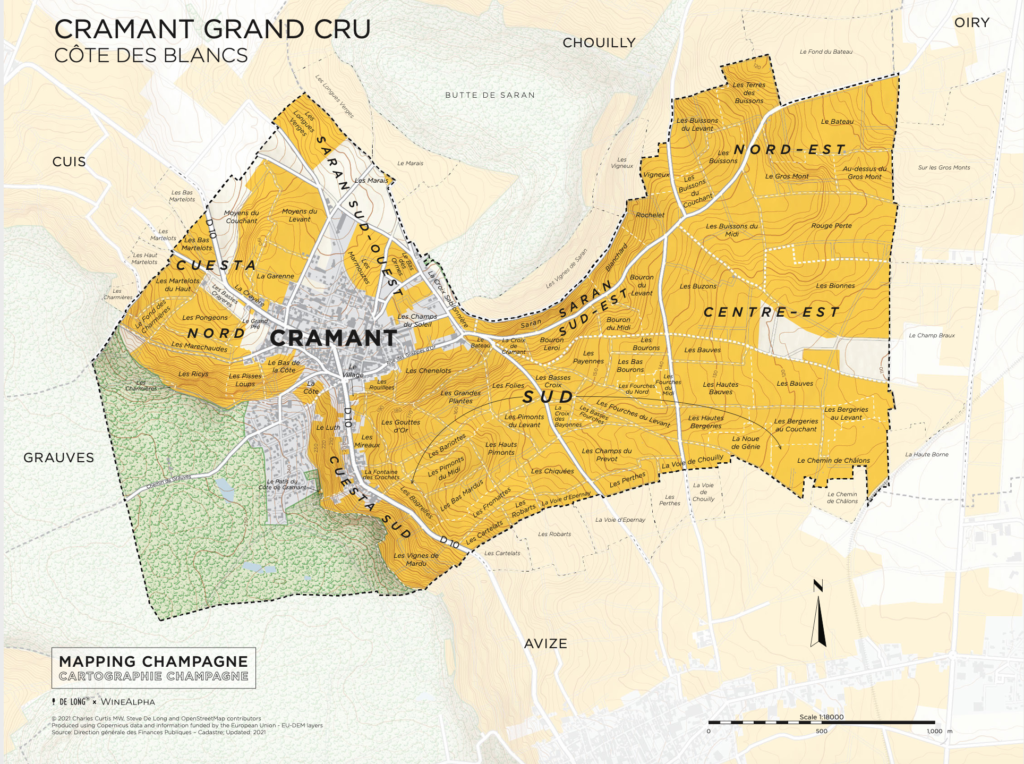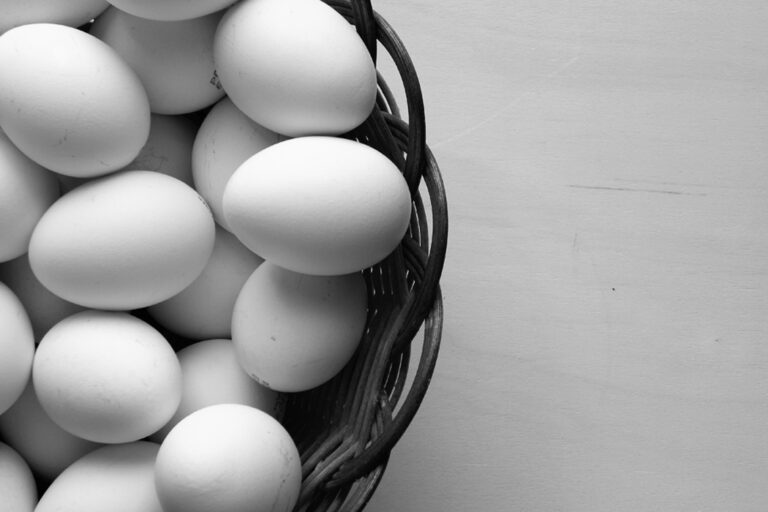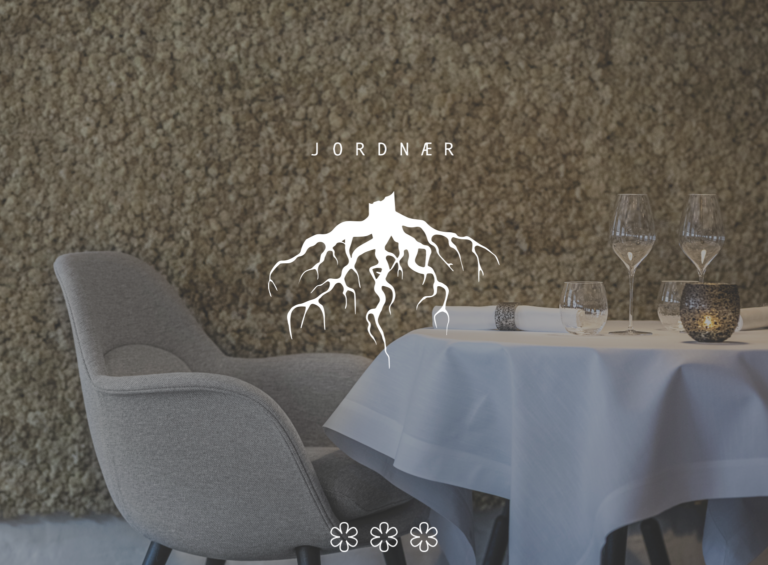The Champagne Wine Region is renowned for producing the world’s most celebrated sparkling wine, Champagne. Your understanding of its uniqueness is essential to appreciating the beverage’s global reputation. [read the full champagne story]
Estimated reading time: 9 minutes

Overview of the Champagne Wine Region
Geographical Location and Boundaries
The region is situated in the northeastern part of France, just a short trip from Paris. It spans across the departments of Marne, Aube, and Haute-Marne. The main cities within the region include Reims and Épernay, which are central hubs for the Champagne industry. The precise boundaries of the Champagne Wine Region are carefully defined by French law to ensure the authenticity of its wines.
Key Facts:
- Location: Northeastern France
- Proximity to Paris: Approximately 150 km (93 miles) east
- Key Cities: Reims, Épernay
UNESCO World Heritage Status
In 2015, parts of the Champagne region gained recognition as a UNESCO World Heritage site. This includes the Avenue de Champagne in Épernay, the Fort and the Hill of Saint-Nicaise in Reims, and the vineyards of Hautvillers, Aÿ, and Mareuil-sur-Aÿ. The acknowledgement by UNESCO signifies the region’s historical significance and the cultural landscape that has shaped the production of Champagne wine over centuries.
Cultural Sites:
- Avenue de Champagne: Historical cellars and mansions in Épernay
- Saint-Nicaise Hill: Underground cellars in Reims
- Historic Vineyards: Hautvillers, Aÿ, Mareuil-sur-Aÿ
History and Development of Champagne
Your exploration of the Champagne wine region’s history reveals a rich tapestry that spans from the ingenuity of medieval winemakers to the region’s modern-day prestige. Key figures and pivotal moments have contributed to Champagne’s standing in the world of winemaking.
From the Middle Ages to Modern Times
During the Middle Ages, the foundations of Champagne wine were laid. The region’s unique terroir, coupled with the innovative spirit of its people, positioned it to become a winemaking powerhouse. By the 17th century, the production techniques had evolved significantly. The development of stronger glass bottles and the addition of sugar to create secondary fermentation gave birth to the effervescence characteristic of today’s Champagne.
In the 18th century, under the reign of Louis XIV, the demand for Champagne wines began to increase among the French nobility and beyond. By the 19th century, with advancements in transportation and production, Champagne solidified its reputation and expanded its reach, becoming a status symbol across Europe and the New World.
Iconic Figures in Champagne History
Dom Pérignon, a Benedictine monk, is often mistakenly credited with inventing Champagne in the 17th century. Contrary to popular belief, he did not create sparkling wine, but his contributions to quality and production methods were significant. He pioneered several winemaking techniques such as blending grapes to improve quality and utilizing cork stoppers to contain the effervescence.
The dedication and craftsmanship of Champenois winemakers have always been the backbone of the region. They honed their skills over centuries, overcoming numerous challenges such as climate, war, and shifting political landscapes. Their unwavering commitment to refining the art of Champagne production shaped the world-class standards that you recognize in a bottle of Champagne today.
The Terroir of Champagne
The terroir of Champagne is a distinctive combination of soil, climate, and topography that contribute to the unique character of its world-renowned sparkling wines.
Soil Composition and Microclimates
The soil in Champagne is predominantly chalk mixed with marl, providing excellent drainage and a steady supply of water to the vines. This mineral-rich foundation helps to stress the grapevines just enough to produce grapes with the desired concentration of flavors. Additionally, Champagne benefits from a variety of microclimates affected by local geographical features, including forests which can act as barriers to weather elements and help moderate temperatures.
- Chalk: Stores water, provides good drainage
- Marl: Contributes to the mineral complexity in grapes
Topographical Influence on Viticulture
Champagne’s unique topography plays a pivotal role in viticulture. Its undulating hills and the Montagne de Reims, a notable geographic feature, contribute to the efficiency of sun exposure and the drainage of the vineyards. North-facing slopes tend to be cooler, while south-facing hills receive more sunlight, contributing to the ripeness and flavor development in the grapes.
- Hilly Terrain: Promotes sun exposure and drainage
- Geographic Structures: Influence microclimatic variations
Grape Varieties and Wine Production
In the Champagne Wine Region, the choice of grape varieties and meticulous winemaking processes are essential to producing the renowned sparkling wine you know as Champagne.
Primary Champagne Grape Types
In your exploration of the Champagne region’s vineyards, you’ll find that Chardonnay, Pinot Noir, and Pinot Meunier are the primary grapes used in Champagne production. These grapes form the backbone of the region’s wine profile:
- Chardonnay: This white grape imparts finesse, freshness, and elegance, offering a broad palette of flavors ranging from citrus to white fruits.
- Pinot Noir: Contributing body, structure, and complexity, Pinot Noir adds depth with red fruit aromas.
- Pinot Meunier: Often undersung, this grape provides roundness and fruitiness, enhancing the approachability of the blend.
Lesser-known grape varieties also play a role, although they are rare. These include Pinot Gris, Pinot Blanc, Petit Meslier, and Arbane. They are sometimes used by winemakers seeking to create unique cuvées.
Winemaking Process and Techniques
Your understanding of Champagne production will grow as you learn about the traditional method, méthode champenoise, which involves a series of precise steps:
- Primary Fermentation: The grapes are pressed, and the juice undergoes the first fermentation, resulting in a still wine.
- Blending: Winemakers craft the cuvée by blending wines from different grape varieties, vineyards, and years to achieve the desired style.
- Bottling and Secondary Fermentation: The still wine is bottled with yeast and a small amount of sugar, known as the liqueur de tirage, triggering the second fermentation inside the bottle. This is where the wine gains its bubbles.
- Aging: Wines must age on the lees, the dead yeast cells, for a minimum of 15 months for non-vintage and 3 years for vintage Champagne. This aging contributes to the wine’s complexity and characteristic yeasty flavors.
- Riddling and Disgorging: After aging, the bottles are gradually tipped and turned to move the lees to the neck of the bottle, a process called riddling. The lees are then expelled from the bottle in a process called disgorging.
- Dosage: Lastly, a mixture of wine and sugar, the liqueur d’expédition, is added to adjust the sweetness level of the finished Champagne.
As a wine enthusiast, you’ll appreciate that Champagne is not just about the grapes, but the transformative journey from vine to sparkling wine, guided by the winemakers’ skilled hands and centuries-old traditions.
Types and Styles of Champagne
When exploring the Champagne wine region, you’ll find a diverse range of styles and types, each with its unique character. From the varying sugar levels to the distinct blends, certain classifications define the champagne you enjoy.
Classification by Sugar Levels
The sweetness of champagne is measured by its sugar content, known as “dosage,” which is added just before corking the bottle. Champagnes are categorized as follows:
- Brut Nature: less than 3 grams of sugar per liter
- Extra Brut: 0-6 grams of sugar per liter
- Brut: less than 12 grams of sugar per liter
- Extra Sec: 12-17 grams of sugar per liter
- Sec: 17-32 grams of sugar per liter
- Demi-Sec: 32-50 grams of sugar per liter
- Doux: more than 50 grams of sugar per liter
These levels range from very dry (Brut Nature) to sweet (Doux).
Notable Variations and Blends
Champagne offers a variety of styles, each made with a specific method or grape combination.
- Vintage: Produced from grapes harvested in a single year, released only in the best years.
- Non-Vintage: A blend of wines from different years, ensuring a consistent house style.
- Rosé: Gained its color from either skin contact or the addition of red wine to the blend.
- Blanc de Noirs: Made exclusively from black grape varieties, typically Pinot Noir and/or Pinot Meunier.
- Blanc de Blancs: Crafted solely from Chardonnay grapes for a lighter, more delicate style.
- Coteaux Champenois: A rare still wine appellation within the Champagne region.
Each style, from the bold Blanc de Noirs to the refined Blanc de Blancs, has its fan base and occasion for enjoyment.
Champagne Appellations and Legal Structures
The Champagne region is renowned for its stringent regulations that ensure the quality and authenticity of its wines. Understanding these legal structures and appellation laws is crucial to appreciating the value and craftsmanship of Champagne.
Appellation Laws and Champagne AOC
Champagne AOC (Appellation d’Origine Contrôlée) is the official status granted to wines produced within the geographical limits of Champagne, adhering to strict production and quality controls. To bear the Champagne AOC label, your wine must meet several criteria:
- Grape Variety: Only Pinot Noir, Chardonnay, and Pinot Meunier (among a few others) are permitted.
- Production Method: The traditional méthode champenoise is required, involving secondary fermentation in the bottle.
- Geography: Your wine’s grapes must originate from the defined Champagne area in France, spanning over 34,000 hectares of vineyards.
Hierarchy of Labels: Grand Cru and Premier Cru
The classification system within the Champagne AOC denotes the quality of the vineyards:
- Grand Cru: Only 17 villages, with their vineyards rated at 100%, have the Grand Cru status. Producing Champagne from these vineyards allows you to label your wine as Grand Cru, signifying the highest quality based on the village’s reputation.
- Premier Cru: Below Grand Cru are 42 villages, rated between 90-99%, which qualify for the Premier Cru designation. Your Premier Cru wines are recognized for their superior quality, though not quite achieving the pinnacle status of Grand Cru.
Frequently Asked Questions
In exploring the Champagne wine region, your understanding will deepen with the answers to these often-posed questions, providing insights into the region’s unique qualities, key locations, and optimal visiting times.
What are the key towns to visit in the Champagne wine region of France?
Your itinerary should include Reims and Épernay, which are considered the main hubs of the Champagne region. Reims is home to prestigious champagne houses and a grand cathedral, while Épernay boasts the famous Avenue de Champagne lined with renowned champagne producers.
How does the terroir of the Champagne region affect the wine produced there?
The terroir of Champagne, featuring chalky soils, a cool climate, and unique geological formations, contributes to the distinctive acidity and minerality of the champagne you enjoy. These conditions are essential for producing the high-quality Chardonnay, Pinot Noir, and Pinot Meunier grapes used in champagne production.
What are the best times of year to visit the Champagne region for wine tourism?
To experience the region’s vibrancy, plan your visit between May and October. Harvest time, which usually occurs in September, is an especially lively period where you can witness the peak of champagne production. However, cellar tours and tastings are available year-round.
Can you provide a brief overview of the main wine districts within the Champagne region?
Your exploration of Champagne should include the Montagne de Reims, known for Pinot Noir; the Vallée de la Marne, which excels in Pinot Meunier; the Côte des Blancs, renowned for Chardonnay; and the Côte des Bar, where Pinot Noir thrives. Each district has its own microclimate and terroir, influencing the flavor profiles of the champagnes produced.
What makes Champagne from this specific region in France unique compared to other sparkling wines?
Champagne can only be called “Champagne” if it originates from this region, due to its Protected Designation of Origin status. The traditional method of secondary fermentation in the bottle, known as “méthode champenoise”, coupled with the region’s terroir, imparts the finesse, complexity, and effervescence that champagne is celebrated for.
What cultural and historical points of interest can be found in the Champagne wine region?
You can delve into the region’s rich history by visiting the UNESCO World Heritage-listed Saint Remi Basilica and the Palace of Tau in Reims. Equally, the smaller villages offer authentic cultural experiences, showcasing centuries-old traditions and architecture, intersected by the region’s long-standing winemaking heritage.





